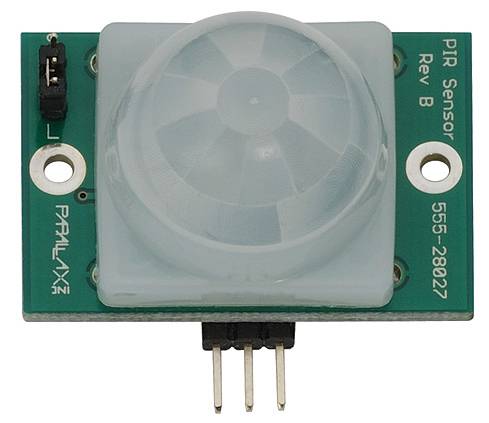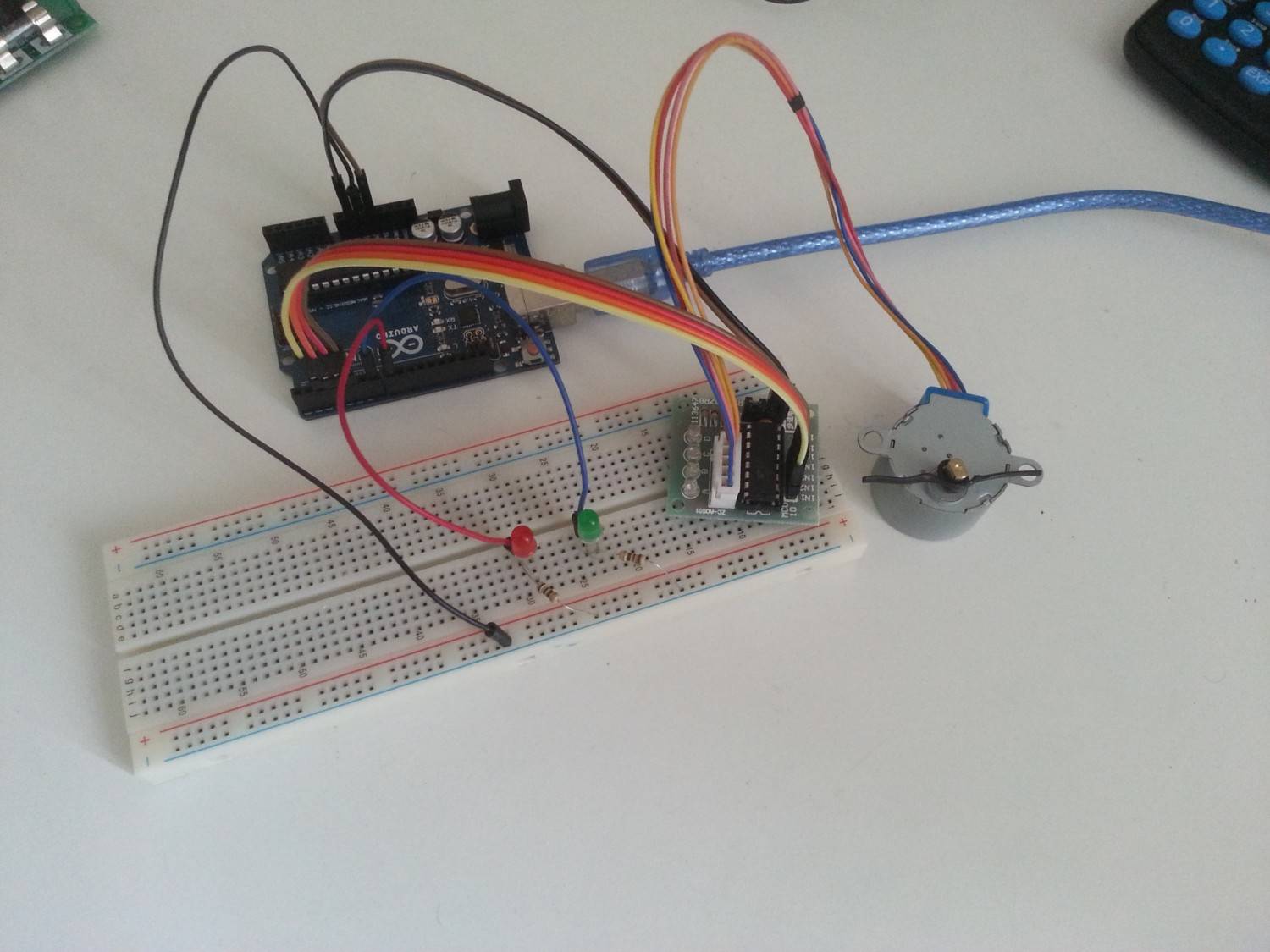Objectifs
- Importance
- Comment définir et déclarer une structure
- Comment initialiser une structure
- Comment affecter les données à un champ de structure
- Comment lire les champs d’une structure
- Affectation de structures
- Structure et tableau
- Structure de structure (Exemple sur Arduino Mega)
- Etc.
Importance
- Programmation modulaire
- Généralisation de la notion des types
- Déclaration d’une variable multi-types
- Regroupement des types
Comment définir et déclarer une structure
Exemple
Comment initialiser les champs d’une structure
Affectation des structures
Comment lire les champs d’une structure
Structure et tableau
Structure de structure
Sujets connexes
- Tableau de structure Arduino
- Arduino functions
- Arduino struct array
- Arduino pointeur structure
- Déclaration structure Arduino
- Arduino enum
- Fonction struct Arduino
- Structure de données Arduino
Click to rate this post!
[Total: 0 Average: 0]

